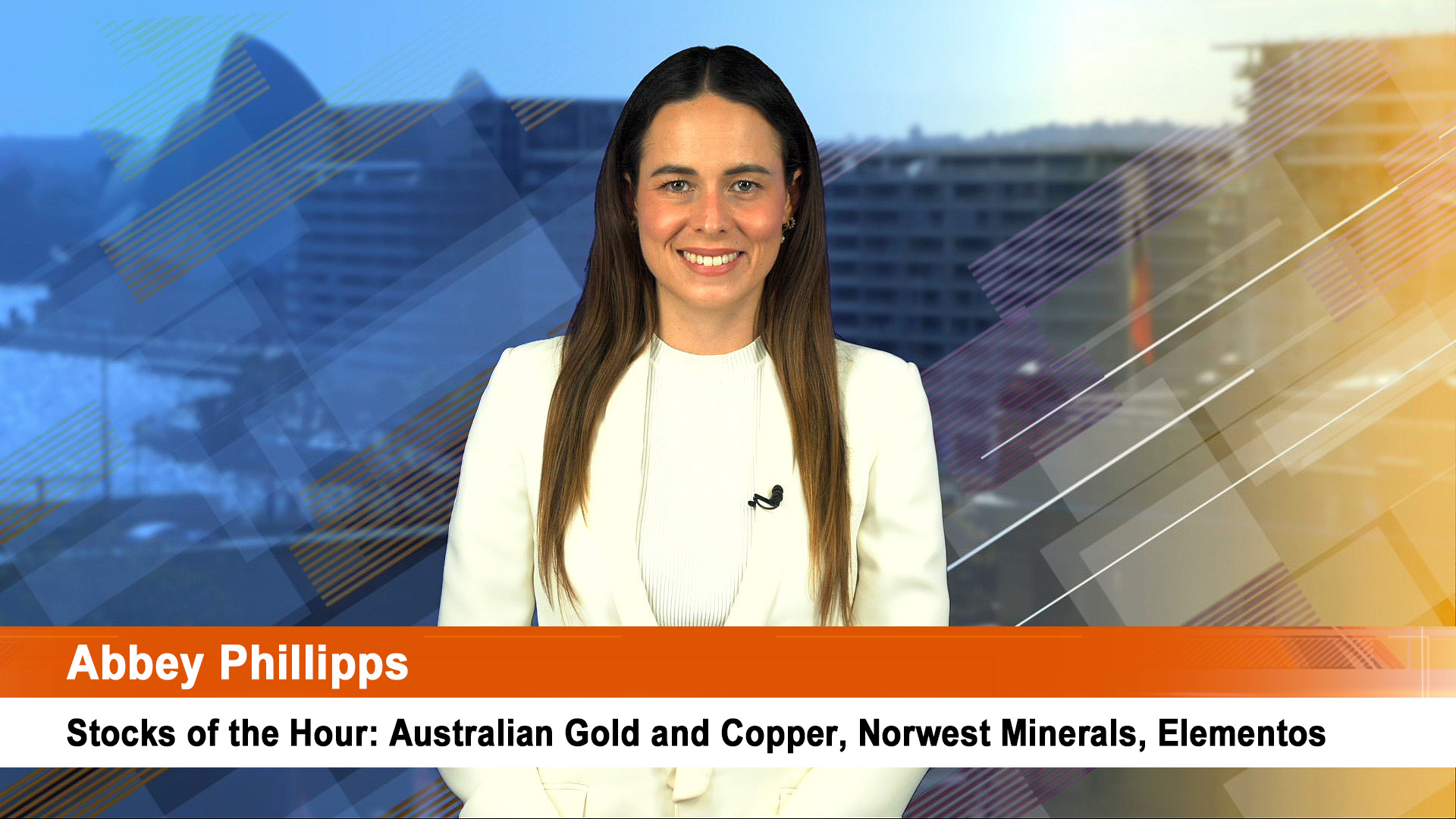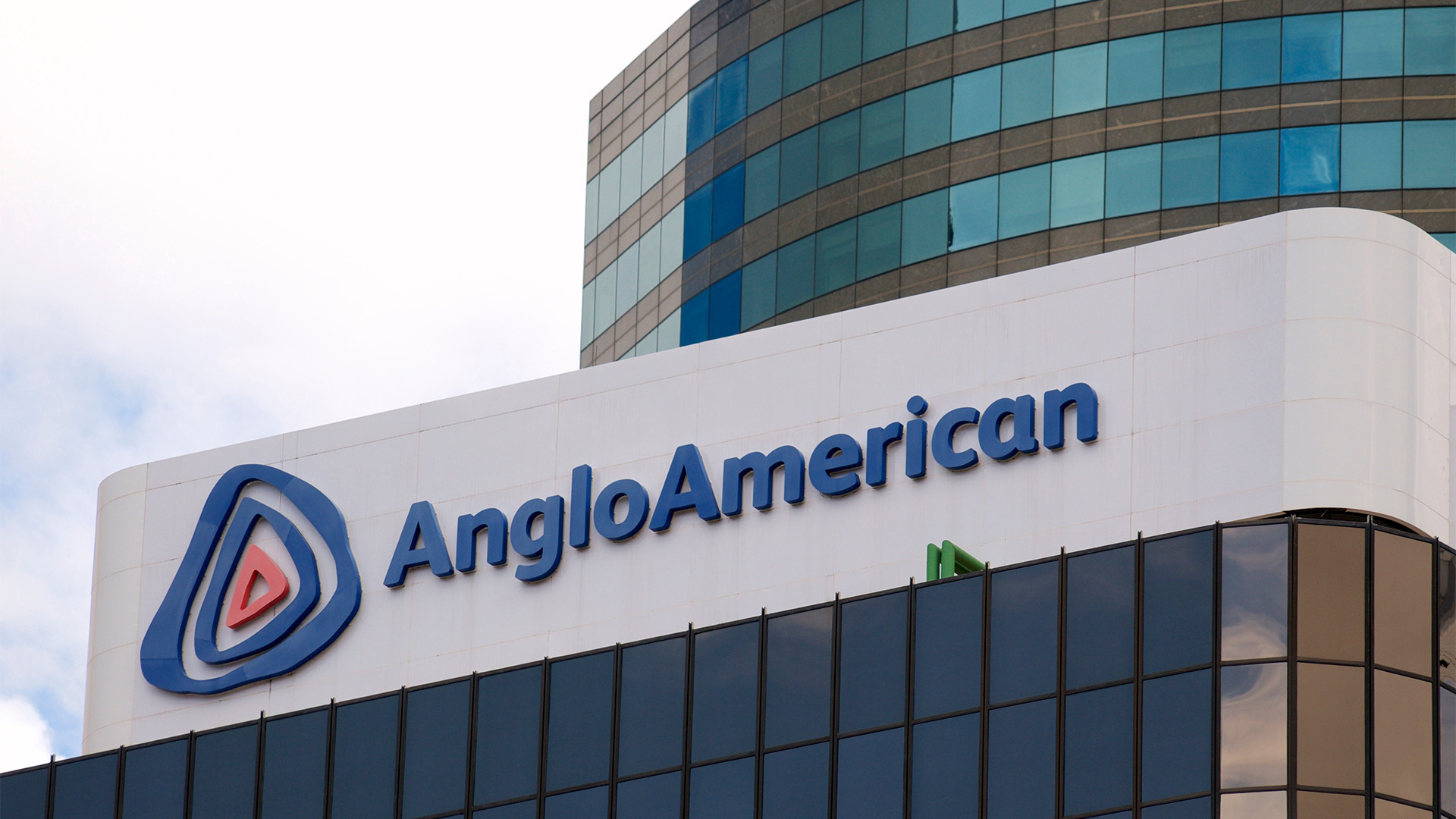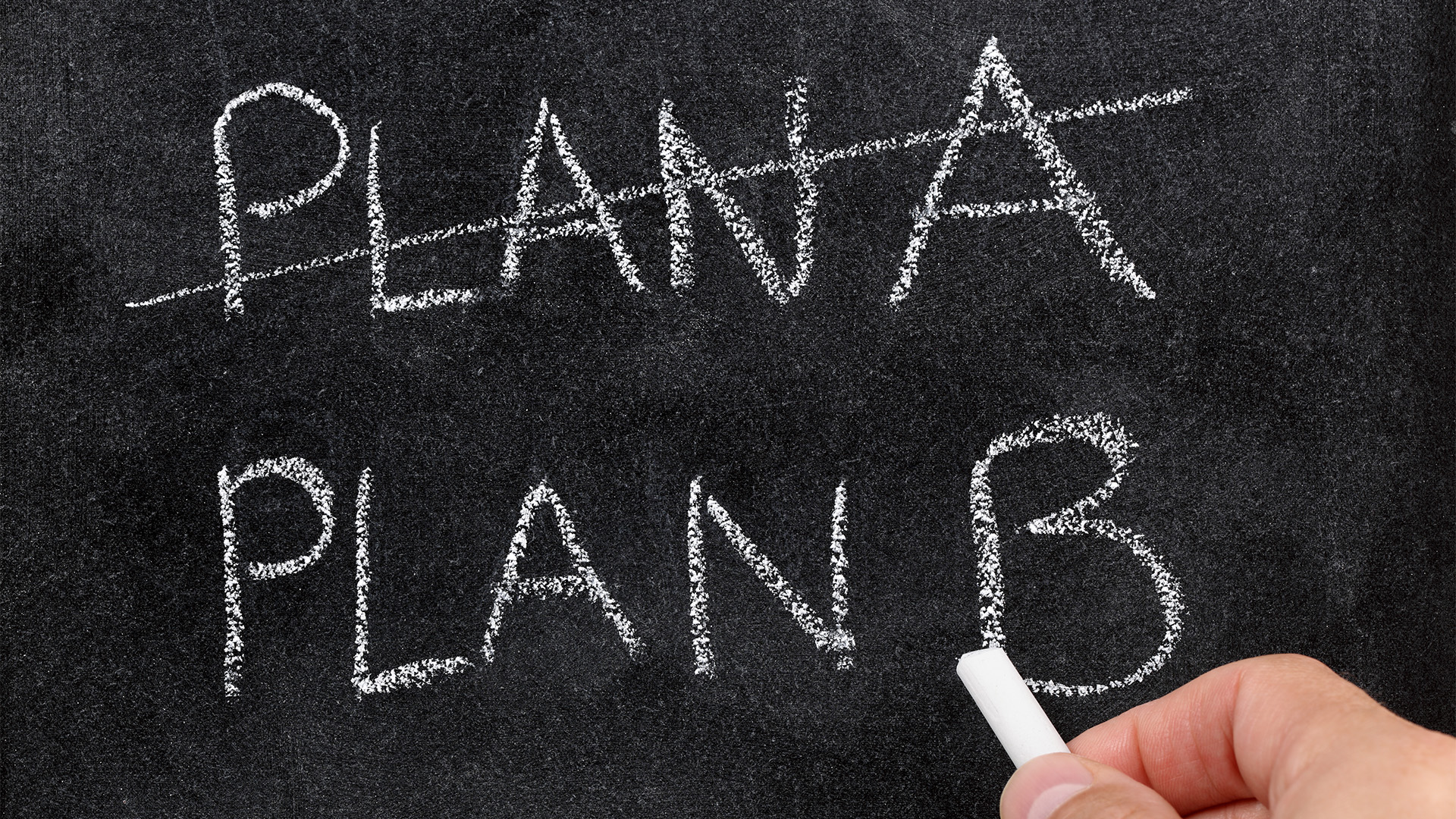More confirmation yesterday that Chinese manufacturing slowed last month.
But at the same time we had evidence that Australian manufacturing picked up a bit, according to monthly performance surveys issued yesterday.

The news from China and similar results from surveys in several other economies, especially the US, saw the world’s major stockmarkets rise to an 11 week high yesterday in Asia, then in Europe and the US overnight.
The news from the US survey was not confident, orders down, sales off, employment weak, and yet Wall Street bounced, even though Federal Reserve chairman, Ben Bernanke repeated in a speech that the economic recovery in America has a "considerable" way to go.
The Chinese government-sponsored PMI out on Sunday showed a contraction in manufacturing performance, but it was still the positive side of the 50 point dividing line between expansion and contraction.
But the second survey, from HSBC yesterday, showed a contraction in July, the first such pullback since March 2009 (the government survey showed the lowest reading also from March of last year).
The HSBC China Manufacturing Purchasing Managers Index for July fell to 49.4, down from 50.4 in June and below the important 50-point level that separates expansion from contraction.
The PMI survey, formerly conducted by broker CSLA, last showed a contraction in March 2009.
The HSBC survey covers more than 400 companies and is weighted more toward smaller, privately owned business than the government’s PMI, according to the bank.
The PMI released by the logistics federation and the government’s National Bureau of Statistics covers more than 730 companies.
Economists said both are consistent with an economy slowing, not plunging.
The news didn’t impact Asian trading yesterday with sharemarkets trading around 11 week highs across the region.
The Australian PMI showed that activity in the manufacturing sector picked up last month, rising 1.5 points to 54.4.
Activity had been subdued now for several months, but July’s pick up was noticeable.
The index found transport equipment, fabricated metals, basic metals and machinery and equipment sub-sectors benefited from stronger demand in the mining and infrastructure sectors in the month.
Consumer-related sectors also gained ground.
But the high exchange rate continued to affect manufacturers with exports falling in the month.
The survey showed manufacturing growth was strongest in NSW, Queensland, South Australia and Tasmania.
The Aussie dollar jumped past 91 USc for the first time since May yesterday morning, despite the widespread expectation of no rate rise today from the Reserve Bank board meeting.
In fact the rise seems to have been driven more by a recognition that the surveys of manufacturing performance in China contained no real scares and are compatible with a soft landing for Australia (and the world’s most important economy at the moment).
The dollar traded over 91.05 USc, up from Friday’s local close of 90.12 USc.
From its low of 89.66 USc in offshore trading overnight Friday, the dollar is up around one and a half cents as risk and the so-called commodity currencies are back in favour.
The currency fell back under 91 USc when news of the HSBC survey was released early yesterday afternoon.
But then it traded back over 91 US cents and reached 91.25 by the close Tuesday morning in New York as Wall Street started August with a bang and a big rally.













